How to Make Tamarind Paste
Published Feb 17, 2016•Updated Feb 29, 2024
This post may contain affiliate links. Please read our disclosure policy.
Fresh tamarind paste is the not-so-secret ingredient for so many delicious recipes, including Pad Thai. This ingredient is sweet, tart, and incredibly versatile. Learn how to make tamarind paste from tamarind pulp or tamarind pods in this step-by-step guide.

Say hello to the vibrant, tangy flavors that come from fresh tamarind paste. If you’re a fan of Pad Thai then there’s a good chance you already know that all authentic Pad Thai recipes all start with this flavorful ingredient.
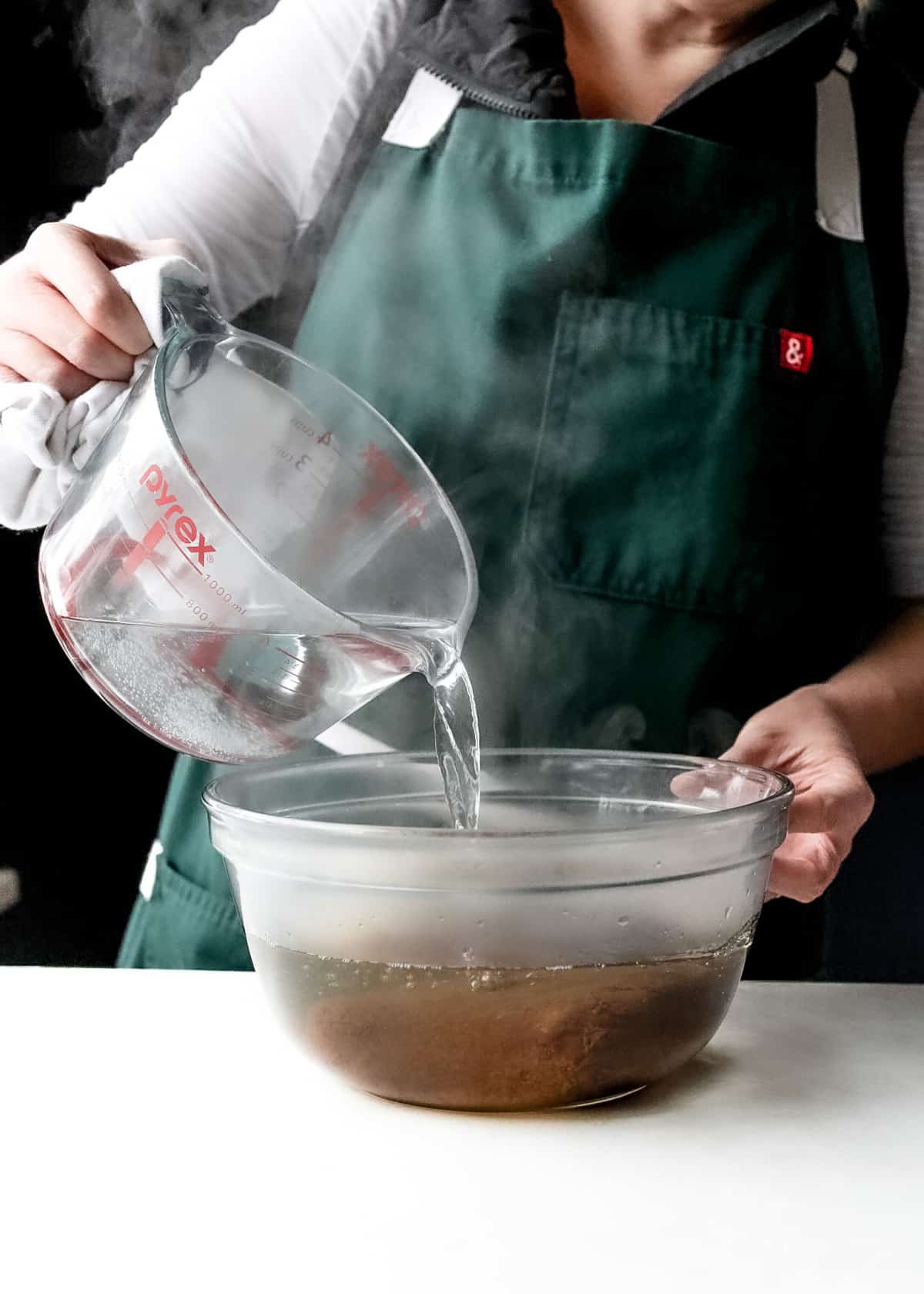
Making this may look intimidating, but it’s actually really easy. Just soak a block of tamarind pulp or tamarind pods in boiling water for about 30 minutes, break the block up with your hands, and strain. It’s also incredibly easy to store in the fridge or freezer, so you just have to do the process once to stock your kitchen for many recipes.
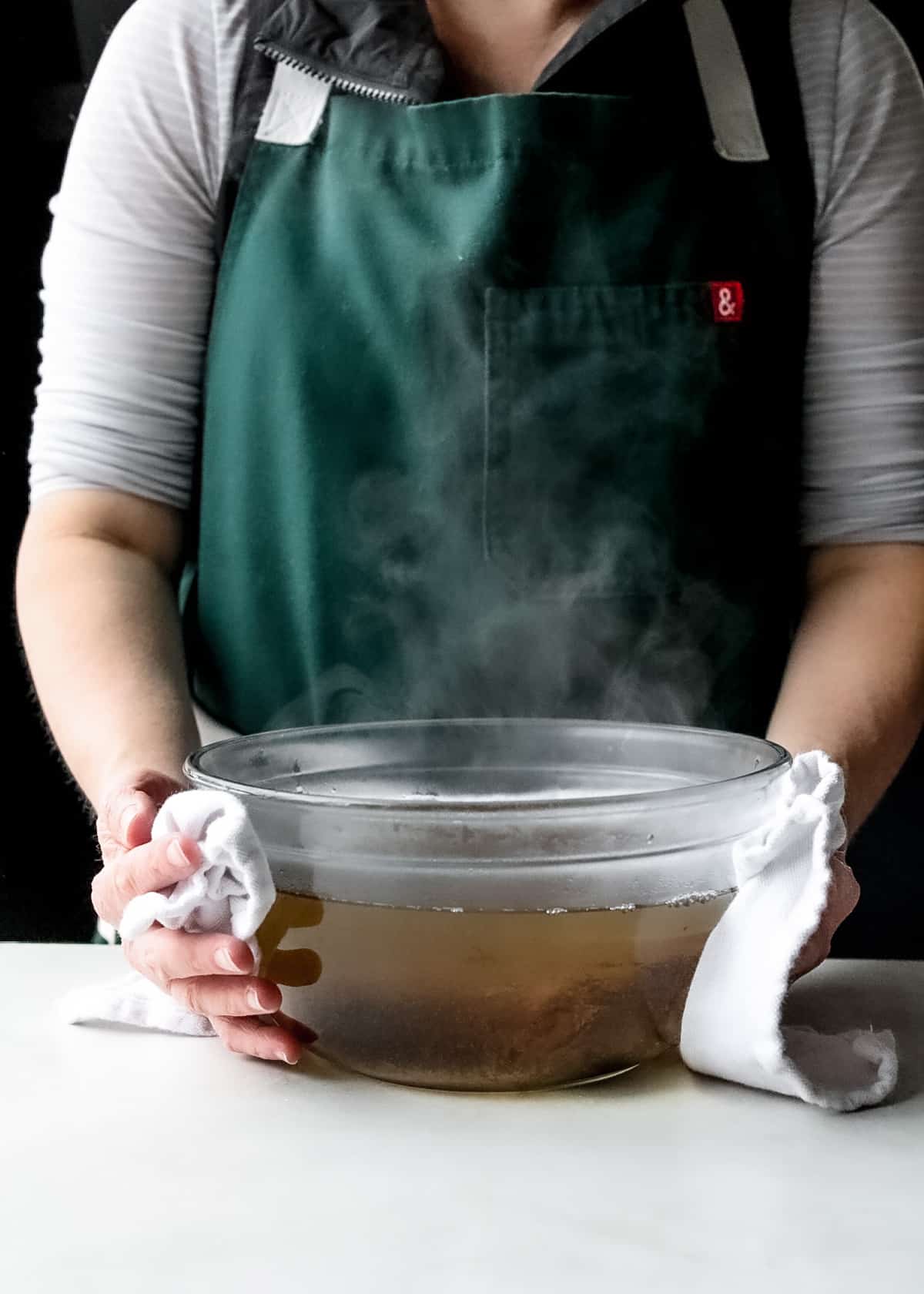
Pin this now to save it for later
Pin It NowWhat is tamarind paste made of?
Tamarind paste has just one simple ingredient: tamarind fruit! This tasty paste can be made right from the pods, or can be made from a block of tamarind pulp. The benefit to making this from blocks is that you don’t need to hand sort and shell the pods.
For only having a single ingredient, tamarind is pretty versatile. In addition to its use in Pad Thai sauces, home cooks use tamarind in sweet treats, drinks, and marinades. A fun fact about tamarind paste: it’s one of the ingredients in Worcestershire sauce!
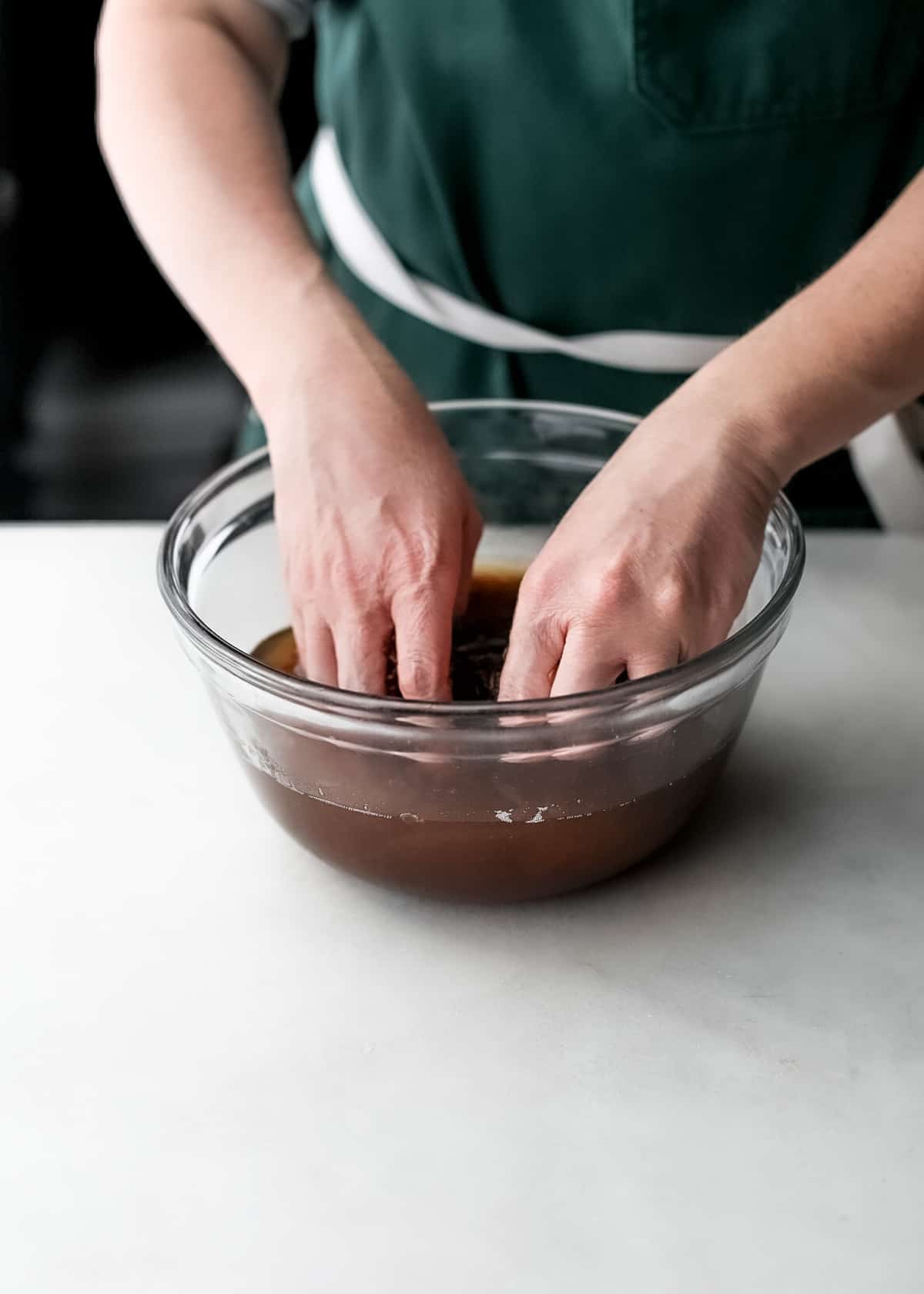
How to Make It
- Break open the tamarind pods or place the tamarind pulp in a large bowl.
- Pour boiling water over the tamarind and let soak for 30 minutes.
- When the water is cool, use your hands to break apart the pods or pulp, and mix with the water.
- Using a spoon or a silicone spatula, press the mixture through a large colander to separate the seeds and fibers.

How to Store Tamarind Paste
This can be stored in an airtight container in the refrigerator for up to 2 weeks or in the freezer for up to 6 months.
Ingredients
- Tamarind pulp or pods – Tamarind is a really unique tropical fruit native to Asia and Africa, and is used in cooking throughout these regions. These fruits grow in brown pod-like shells and the pulp within these shells are a mix of sweet, tangy, and sour flavors.
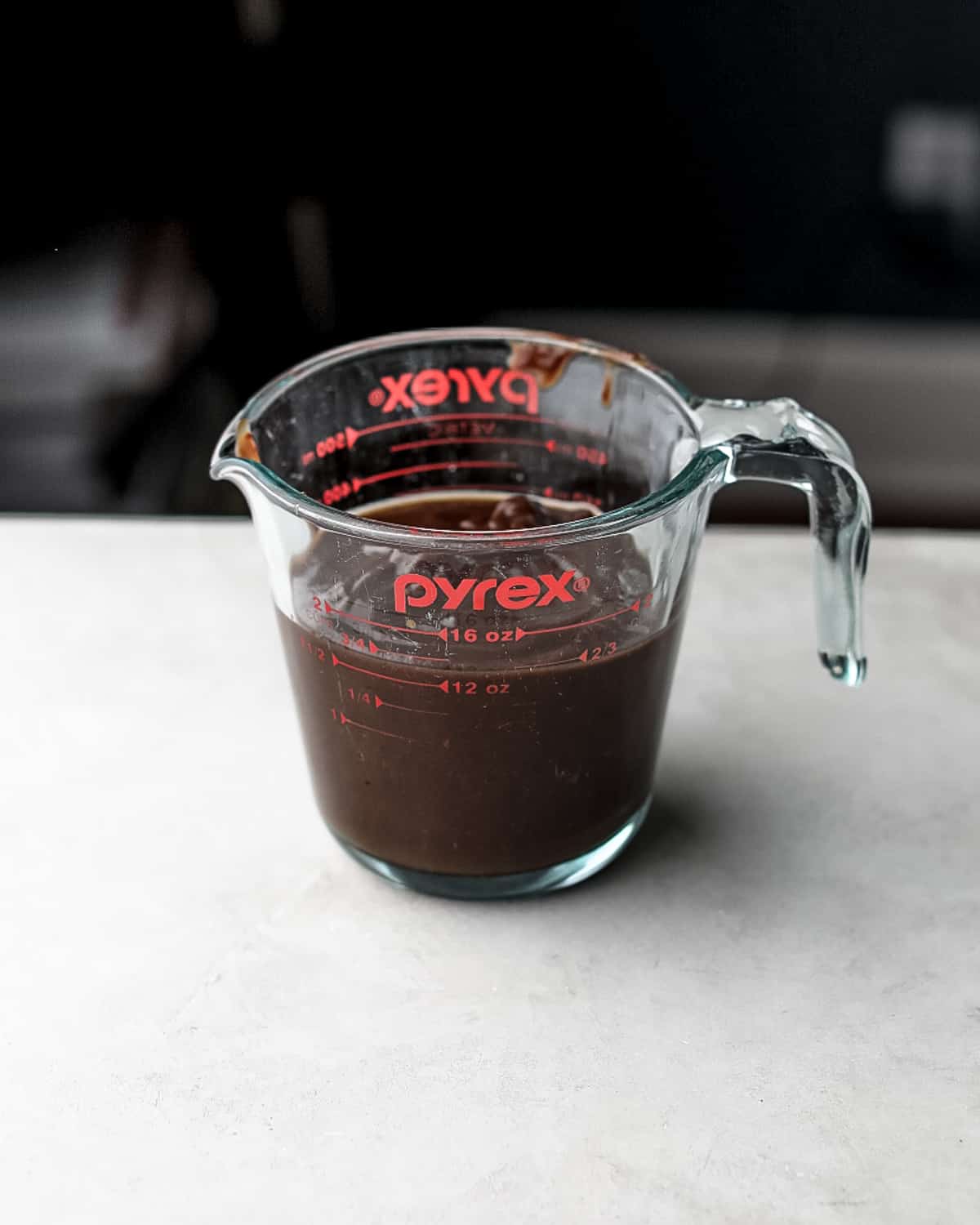
Recipe Tips
- Freeze tamarind paste in ice cube trays, then transfer to freezer bags for small ready-to-use portions.
- To preserve tamarind paste’s beautiful flavors, store in a nonreactive container like a glass Mason jar.
- Save yourself time and start with a block of prepped tamarind pulp (see below for details).
Tamarind Pulp vs. Pods
Let’s just cut to the chase here, the easiest way to make tamarind paste is with a block of already prepped tamarind pulp. These blocks are produced from pure tamarind pulp and can be found at almost any well-stocked grocery store selling international ingredients.
Making this paste from scratch with tamarind pods takes a lot more time than simply using a pre-prepared pulp. Not only will you need to break the pods apart, but the pods require over an hour to soak and soften.
Some people claim you achieve better flavors by making it directly from the pods, but we haven’t found that to be true. The blocks of tamarind pulp make a delicious paste.
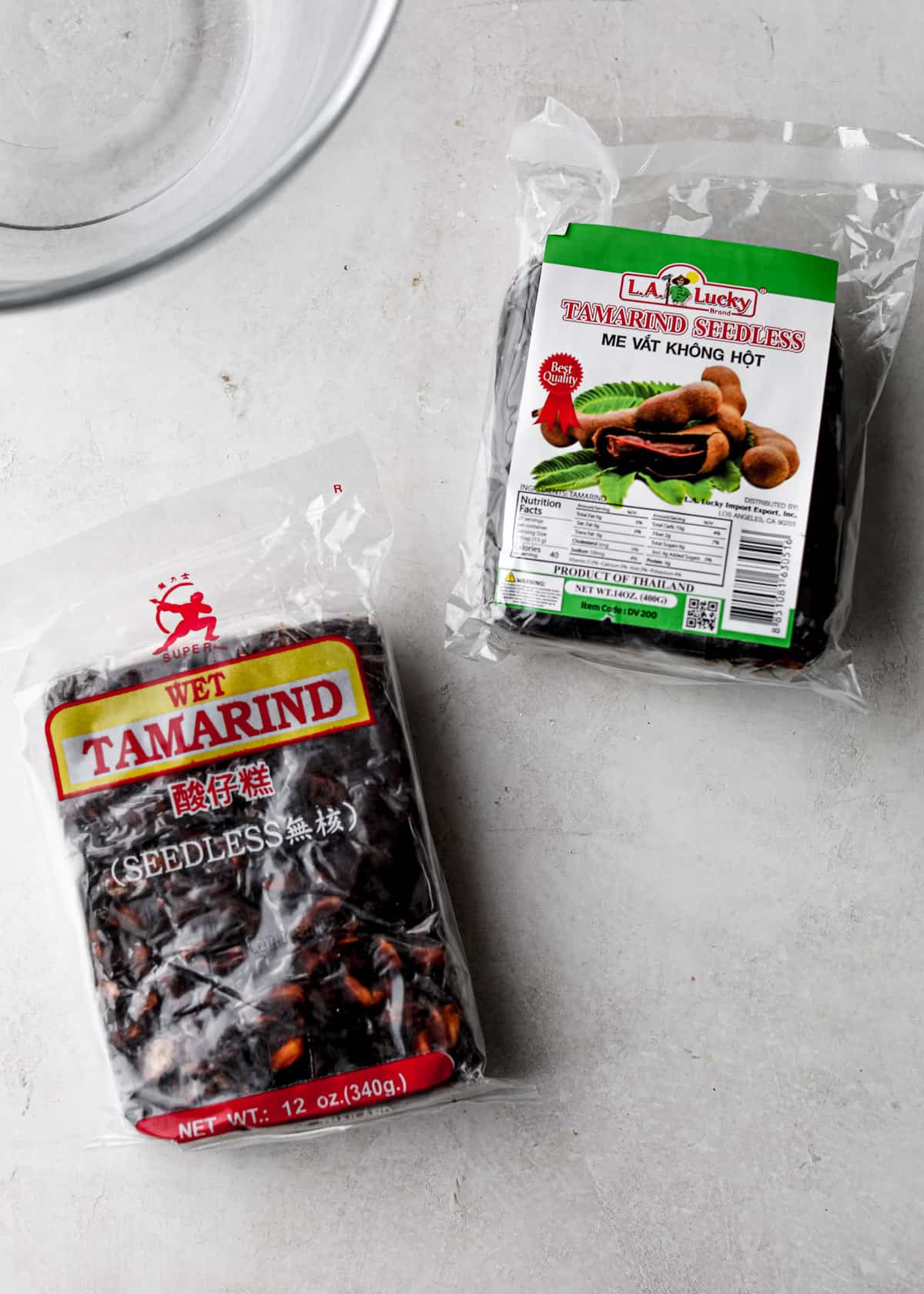
FAQs
Thick, tangy tamarind paste can be used in so many ways. It makes an awesome tropical drink. Use leftovers to marinate chicken, beef, pork, or tofu. Mix tamarind paste into stir fry dishes or salad dressings or use it to make dips for pot stickers, spring rolls, and dumplings.
Be sure to select ripe tamarind pods. Ripe tamarind pods have a hard, light brown shell that can easily be broken apart by squeezing it between your fingers. The fruit is wrapped around seeds inside the pods.
Store tamarind paste in the refrigerator for 2-3 weeks in an airtight nonreactive container. You can freeze tamarind paste for up to 6 months. When you’re ready to use, defrost in the fridge for 12-24 hours.
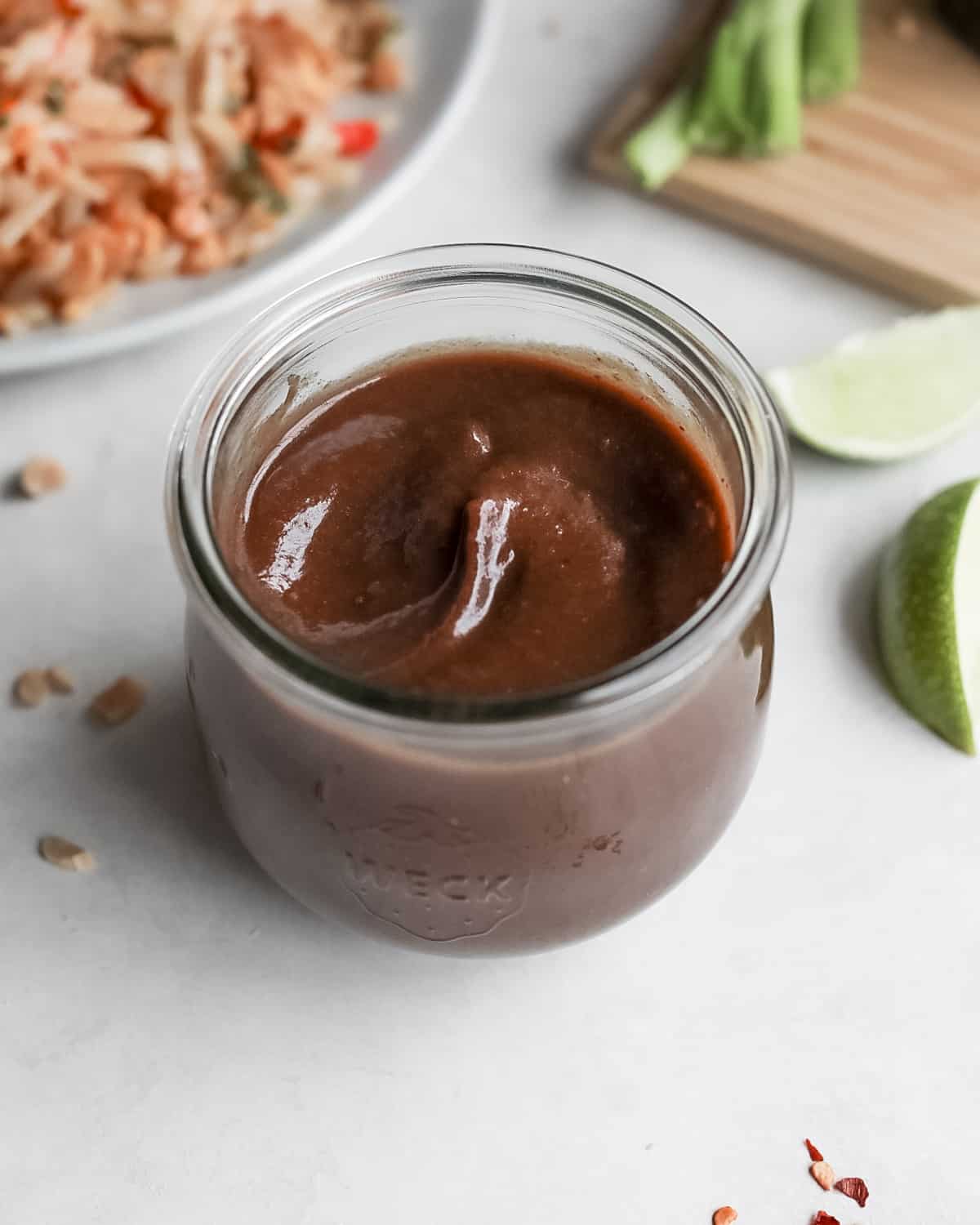
Recipes that use tamarind paste
Pin this now to save it for later
Pin It Now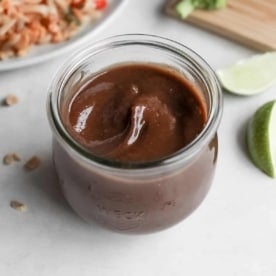
How to Make Tamarind Paste
Equipment
- Mixing Bowls
- Sieve or Colander
- 8 ounce Glass Jars
Ingredients
- 1 pound tamarind pulp (or about 20 tamarind pods)
- 2 cups boiling water
Instructions
- If using tamarind pods: Break open the pods and transfer the fruit and seeds to a large bowl. (Discard the crisp outer shell of the pods.)
- If using tamarind pulp: Place the entire block of tamarind pulp in a large bowl.
- Pour boiling water over the tamarind pods or pulp just until it is covered by a couple of inches of water.
- Let soak for 30 minutes.
- After 30 minutes, use a soft spatula or your hands to gently break the tamarind apart. Let it soak for another 15 minutes.
- When the water has cooled, use your hands to break the pods or pulp apart they are evenly combined with the water. (There will be lots of bits of seed and fibers that you'll sort out in the next step.) The finished mixture should be about the thickness of ketchup, so add some more water if needed.
- Press the mixture through a mesh sieve using a spoon or silicon spatula, separating out the seeds and fibers.
- Note: If it looks like there is still enough fruit in the seeds and fibers after one round of pressing them through the sieve, you can repeat the process, soaking the seeds and fibers once more in boiling water and then running them back through the sieve.
- Discard the seeds and fibers. Store the tamarind paste in a container in the refrigerator for up to 2 weeks or freeze for up to 6 months.
Nutrition information is automatically calculated, so should only be used as an approximation.
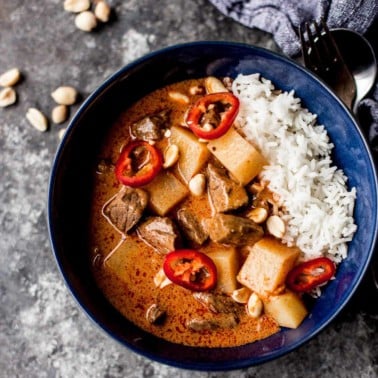
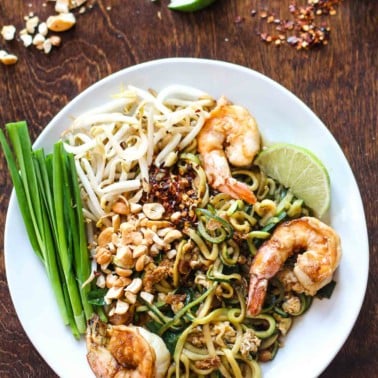
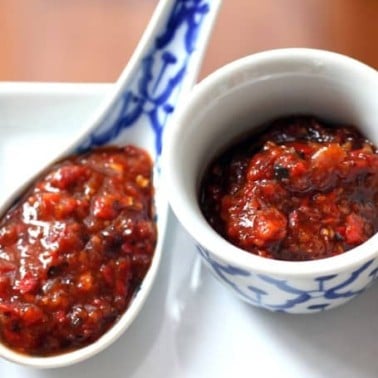
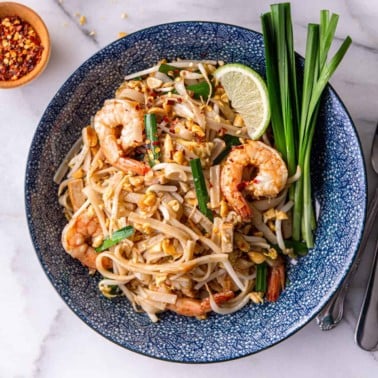
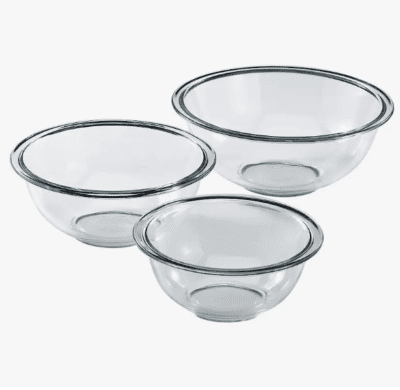
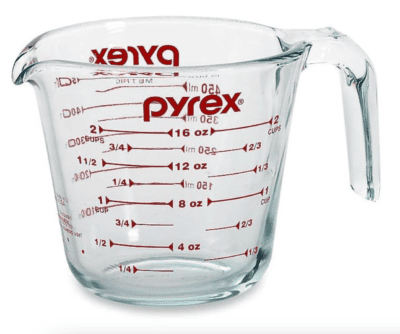
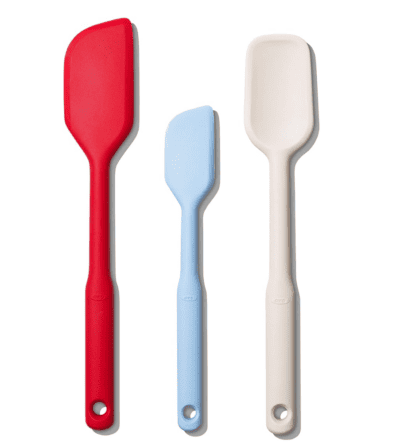
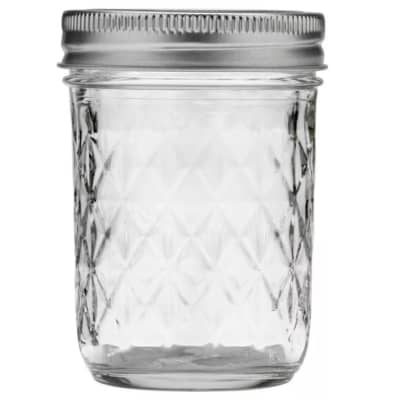
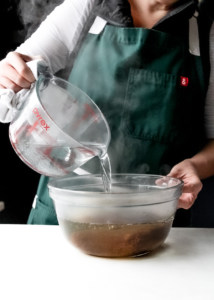

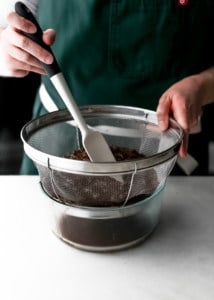

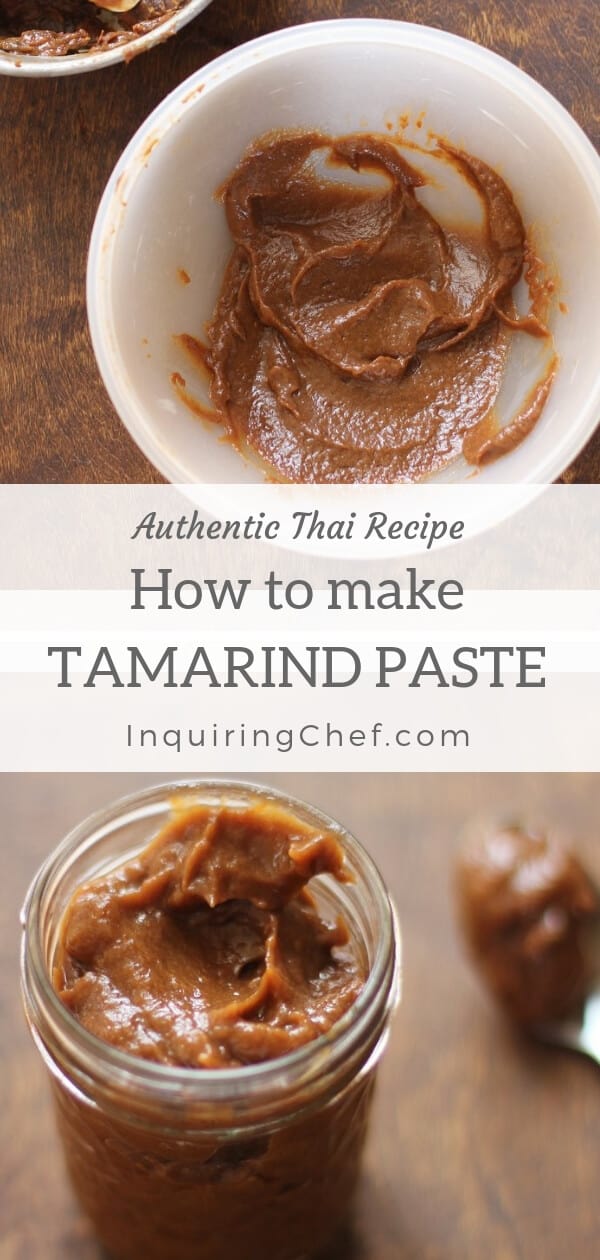

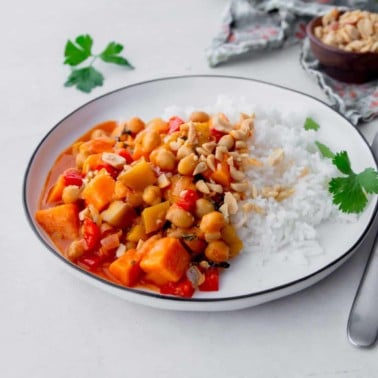










I’ve been making this for a while and love it in a variety of dishes, especially to add flavour to stew (added while cooking in the slow cooker) and soups (add a dollop and mix in for taste). Of course I also throw together a pad thai sauce with it. But I am lazy and don’t do the seiving part – I just mash after the boiling water does its magic and have never found that to be an issue.
Grace – thanks so much for sharing that! I’ll try it your way next time.
Heh, heh…looks like a new use for my foley mill, beyond making just apple sauce!
Yes – totally, Ed! A food mill is perfect for this!
Can I put the paste in the blender first to help make the process of putting it through a sieve a little easier?
I’m excited to make pad thai for the first time. Is there a big taste difference between making your own paste and store bought paste?
Hi Caroline – there is a difference in taste, but it’s not huge. Many restaurants that serve Pad Thai in the US likely use store-bought paste, so it may even taste more like the Pad Thai that most of us know. The most important step is just tasting the Pad Thai sauce once everything is combined. Adding a bit of sugar or lime juice can make store-bought paste taste great to me.
How long does this paste last in the fridge? Can you freeze it?
Hi Maria. I find that this keeps really well. I keep it in the fridge for 3-4 weeks and have never had any issues with spoiling, but it will definitely freeze easily for 3-6 months (just defrost in the fridge overnight before using).
After soaking, try putting the tamarind through a food mill to separate the pulp from the seeds and sinew.
Great idea! Thanks for the tip Benjamin – I’ll definitely try that.
Not a double boiler, sorry, it was a small steamer saucepan set
Thank you so much for this lesson. I used a double boiler which did the job beautifully, and then spooned the paste into a freezer tray so that I have handy frozen portions.
Hi Jess,
I appreciate your post because I’ve wanted to make pad thai for a long time! I even have a pack of tamarind in the cupboard, then got the willies about being able to extract the paste, but you make it look very easy.
It looks like you leave the water in the bowl and don’t discard it before mashing the tamarind?
It is surprisingly easy, Barb! I hope you’ll try it, especially since you have already have the tamarind on hand. It makes for some seriously delicious Pad Thai. I went back and edited Step 3 in the text so that the answer to your question is more clear. You’re right that I leave the water in the bowl when I mash the tamarind, as long as the water was just enough to barely cover the tamarind while it soaked (if you use a large bowl or the mixture seems very water-logged, do pour off a bit of the liquid before you finish mashing it).
Ok, thanks for clarifying, Jess – I will definitely do this and make the pad thai sauce!
Jess, I am sorry but this looks totally disgusting, cant even imagine it tastes good, but will lean on your expertise as a chef on all matters food…so if I can get past the “look” of it just might try to do this.
Anyhow no posts of the girls this time?
You know we expect them each time you send us a post, that’s all there is to it!
I share those pix with the attorney who works across the hall from my office, he is a Grandpa now for past 18 months and soon to be one again this summer and he call the twins “those Thai babies….” which I think is so cute, however I told him that I had promised the new-born prince of Kate & what’s his name that one of your twin girls gets him, so his granddaughter will have to find her own royal prince! Stay well stay warm, heard some nasty weather in your part of the country, here in Michigan it’s just strange as usual
It’s not the most beautiful to photograph Maggie, but this stuff is SUPER tasty! I knew you’d have an eye out for those kiddos, so we’ve got a second post today with a little Molly and Clara shout-out. 😉
Great recipes, but so much irrelevant information to get through.
Hi Stephen – I’d love more information from you! We’re always trying to improve the quality and helpfulness of the content I create here, so I’d love to know what you’re finding irrelevant. We try to cover all of the details on the ingredients and process for those who are new to a recipe, but it certainly might be more than an experienced cook needs.